
by Leather | Leather Care |
Are you familiar with the different types of leather care products? Whether you own a leather jacket, trousers, shirt, vest or any other garment made of real leather, you’ll need to care for it. Real leather is a soft yet durable material. Like all materials, though, it can degrade over time when neglected. By properly caring for your leather garments, you can protect them from premature wear and tear. Here are seven common types of leather care products. #1) Leather Cleaners Leather cleaners are exactly what they sound like: products that are designed to clean real leather. They are available in a variety of forms, some of which include sprays, foaming agents, wiping pads and liquids. You can typically clean real leather using a damp washcloth and a small amount of gentle dish soap. Squeeze a few drops of dish soap onto a damp washcloth, after which you can blot the surface of your leather garment until it comes clean. But for stubborn stains and blemishes, you may need a little extra cleaning power, which is where a leather cleaner comes into play. You can use a leather cleaner to remove stubborn stains and revitalize the appearance of your leather garment. #2) Leather Polishes For a more lustrous appearance, you may want to use a leather polish on your leather garments. Leather polishes are products that restore the shine and luster of real leather. When exposed to sunlight for a prolonged period, real leather can develop a dull appearance. It will turn to a lighter tone, and it will lose some of its natural luster. A simple solution is...
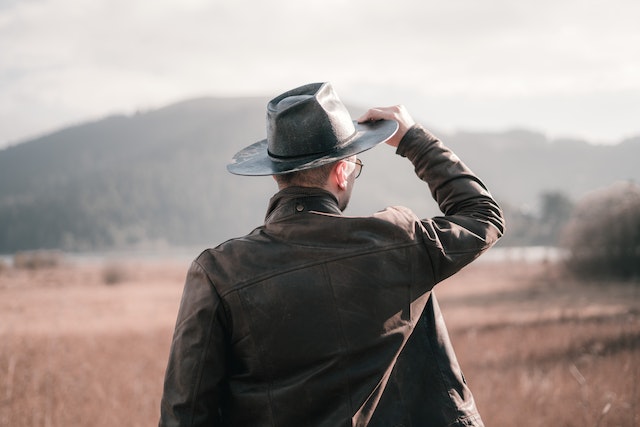
by Leather | Leather Care |
If you’re going to wear your leather jacket outdoors on a rainy day, you’ll need to know how to properly it. A leather jacket is a timeless fashion staple that adds a touch of sophistication to just about any outfit. When wet, however, it may lose its original shape and texture. In some cases, jackets made of real leather can develop mildew. You can prevent problems such as these, however, by drying your leather jacket. Consider a Waxed Leather Jacket Before revealing how to dry them, it’s important to note that some leather jackets are better protected against moisture than others. Leather is porous, so it’s able to absorb moisture from the surrounding air and environment. But there are waxed leather jackets that feature a protective layer of wax over them. Waxed leather jackets are still made of real leather — typically sheepskin or cowhide leather — but they feature a transparent layer of wax over their surface. This otherwise thin layer shields the underlying leather from moisture. Therefore, you can’t go wrong with a waxed leather jacket, especially if it’s raining outside. They are soft, comfortable, stylish and offer a high level of protection against moisture. Step #1) Remove Excess Water The first step to drying a leather jacket after getting it wet is to remove any lingering, excess water. Take a clean towel or washcloth and blot your leather jacket until you’ve removed most of the water on the surface. You don’t need to scrub your leather jacket. Just blotting it with a clean towel or washcloth should remove most of the water on the surface. Keep...
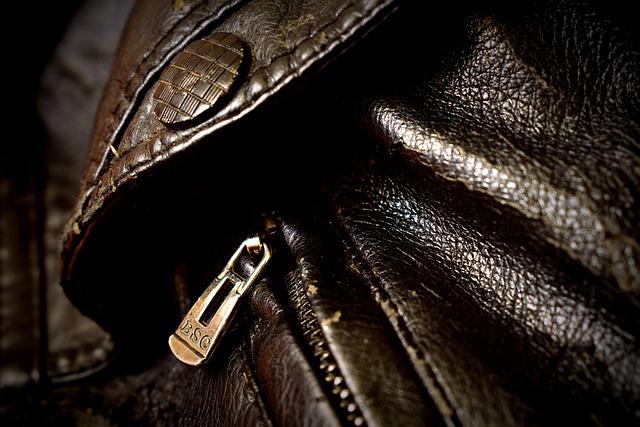
by Leather | Leather Care |
Have you heard of synthetic leather? It’s commonly used as a substitute for real leather. Whether you’re shopping for a leather jacket, vest, trousers or any other garment, you can probably find it in synthetic leather. Synthetic leather is designed to look like real leather. While real leather is an organic material, though, synthetic leather is not. #1) Made of a Coated Base Material There are different types of synthetic leather, but nearly all of them are made of a coated base material. Base materials include nylon, rayon or polyester. During production, manufacturers will apply a thin layer of polyurethane (PU) or polyvinyl chloride (PVC) over the surface of a base material. PU faux leather features a layer of PU over a base material, whereas PVC faux leather features a PVC layer over a base material. #2) More Susceptible to Cracking Both real leather and synthetic leather can crack. With that said, synthetic leather is more susceptible to cracking. This is due to the fact that it features a laminated construction. Synthetic leather is made of layers consisting of a base material and a PU or PVC layer. Over time, the PU or PVC layer may crack. Real leather is less likely to crack because it’s not laminated. Furthermore, you can condition real leather to hydrate and moisture it so that it doesn’t dry out. #3) Emerged During World War 2 Real leather has been for thousands of years to make jackets and other garments. But synthetic leather didn’t emerge until the 19th century. During World War 2, supplies of real leather ran thin. This led to the invention...
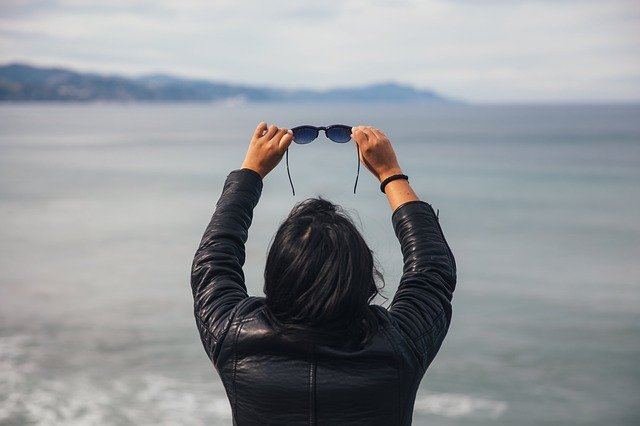
by Leather | Leather Care, Leather Jackets |
Leather jackets are recognized for their strength and durability. When properly maintained, they can last for many decades while offering a superior level of aesthetics. Regardless of the style, however, leather jackets may crack if neglected. If you neglect to care for your leather jacket, there’s a chance of it cracking. The surface will dry out, resulting in the superficial layer of grain splitting open. How do you prevent your leather jacket from cracking exactly? Choose Premium Leather The specific type of leather from which your jacket is made can affect its risk of cracking. Not surprisingly, jackets made of cheap and low-quality leather are more likely to crack than those made of premium and high-quality leather. As a result, you should choose a jacket made of the latter type of leather. Jackets made of napa leather offer a superior level of protection against cracking. Napa leather receives its namesake from Napa, California where it was originally created. Like all types of leather, it consists of animal hide. With that said, Napa leather has an ultra-fine grain that manifests in the form of a super-smooth finish. Aside from being soft, napa leather is better protected against cracking, as well as other forms of damage, than its counterparts. Let It Breathe Allowing your leather jacket to breathe can lower the risk of it cracking. Leather is a porous material, and like all porous materials, it needs to breathe. If you place your leather jacket in a sealed bag, this won’t happen. The sealed bag will prevent it from breathing. When placed inside a sealed bag, moisture vapor in the air...
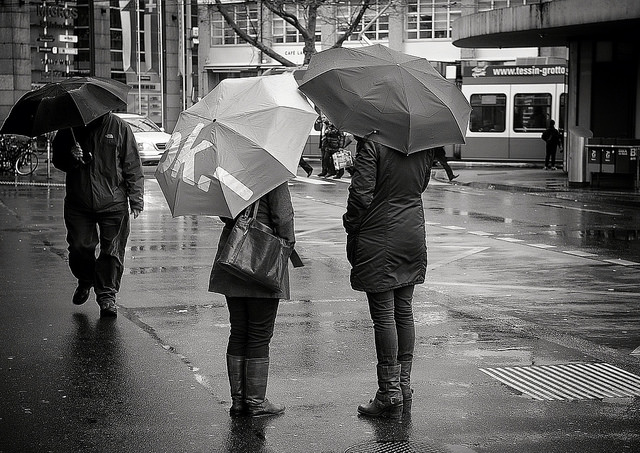
by Leather | Leather Care |
Leather is one of the most durable and versatile clothing materials, and there are several leather jacket models suitable for every season. But what about rainy days? Can you wear a leather jacket in the rain? The short answer is – yes, but you will need to provide your jacket with some extra care to avoid water damage. Wearing Leather in the Rain Whether you live on the east coast, west coast, or somewhere in between, you are bound to experience rain at some point throughout the year. Thankfully, most garments are designed to withstand moisture, which should come as no surprise if they are labeled as “machine washable”. But leather is unique in the sense that it’s strong, durable yet still susceptible to damage caused by moisture. Exposure to small amounts of moisture shouldn’t cause any major issues. However, when leather is exposed to significant amounts of moisture over a prolonged time period, it can (and will) cause damage. The moisture will settle into the pores, where it can contribute to the formation of mold and mildew — and when this occurs, it’s difficult to fix. So, what do you need to do to make sure your leather garments are protected from water damage? How Do I Protect My Leather Jacket From The Rain? It’s important to note that, although it has some water-resistant qualities, leather can never be completely waterproof. Because of its permeable nature, when exposed to excessive amounts of water, leather will get wet, and if not dried properly, it can become stiff, or even rot. However, if you condition it properly, you can wear...
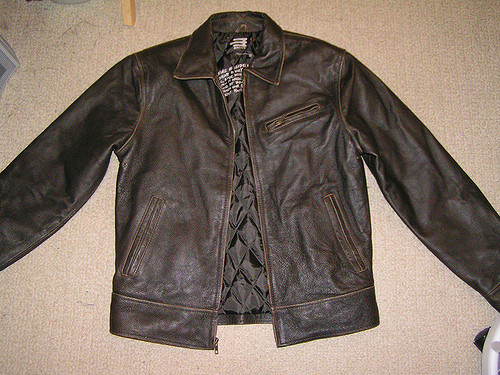
by Leather | Leather Care |
If not cared for properly, leather can dry and become stiff over time. When this happens, it loses its original look and becomes less comfortable and more prone to cracking, which is something you certainly want to avoid. Read on to learn how to soften leather. How to Soften Stiff Leather? Leather is among the most stylish and versatile fabrics on the planet. Being that it’s made from animal hide and not a synthetic/man-made material, it possesses certain qualities that aren’t found elsewhere. For instance, leather is supple, smooth, and has a natural “grain” that enhances the wearer’s appearance. But it’s not uncommon for certain types of leather to become stiff. This isn’t something that happens overnight, but rather months or even years of usage may stiffen the material to the point where it is no longer comfortable to wear. So, what can you do to soften stiff leather? What Causes Leather to Become Stiff? Before we reveal the steps to softening leather, let’s first discuss what makes it stiff in the first place. There are a few possible causes of stiff leather, one of which is simply its quality. Not all leather is made equal, as some varieties are made with higher quality hides and craftsmanship than others. Products made with full-grain leather tend to yield the highest quality, simply because the hides from which they are made have not been buffed, sanded, or snuffed, whereas split and corrected-grain leather are two of the lower quality varieties. You can expect to pay more for high-quality full-grain leather, but this is a case in which the mantra “you...








Recent Comments